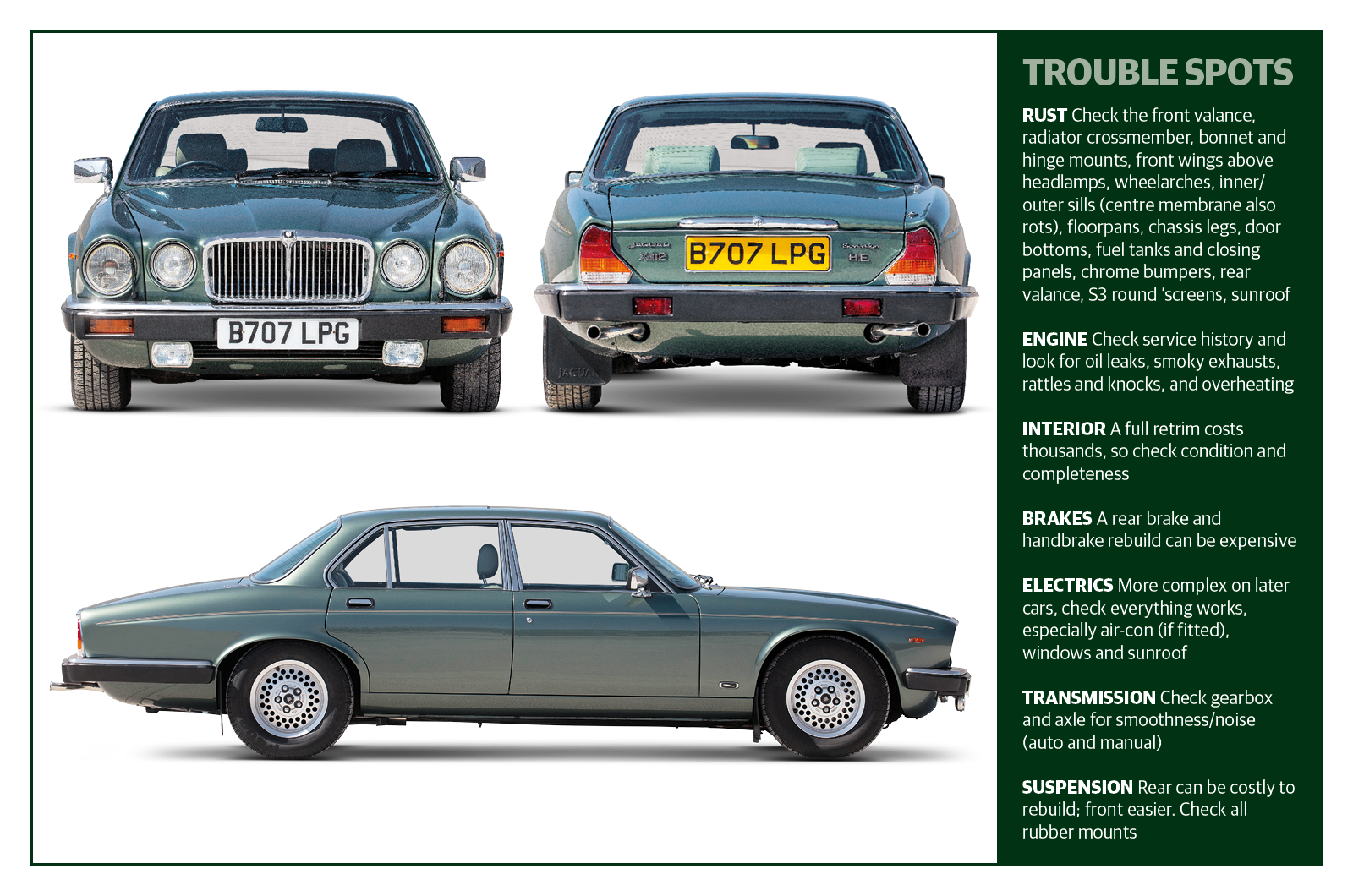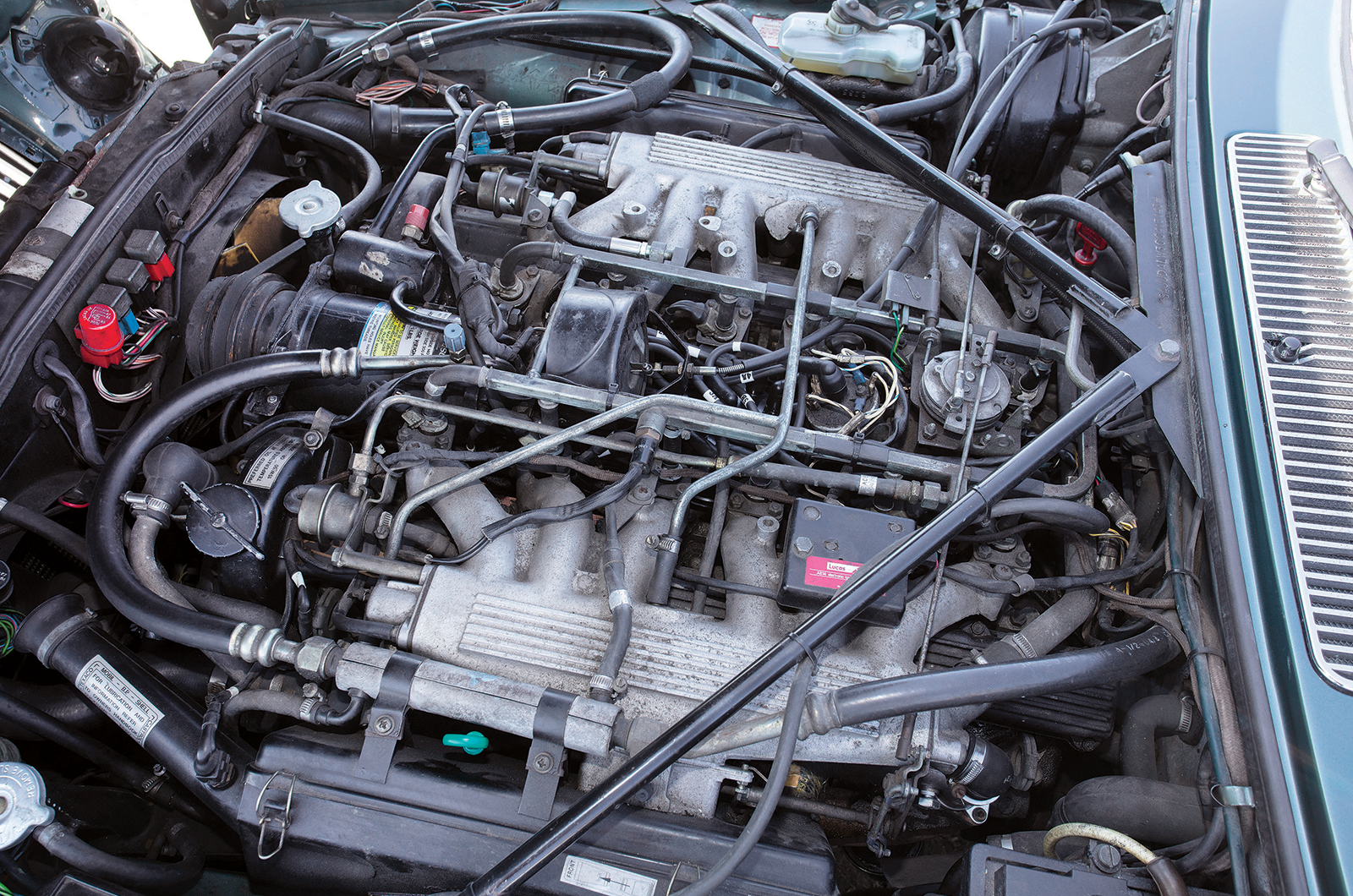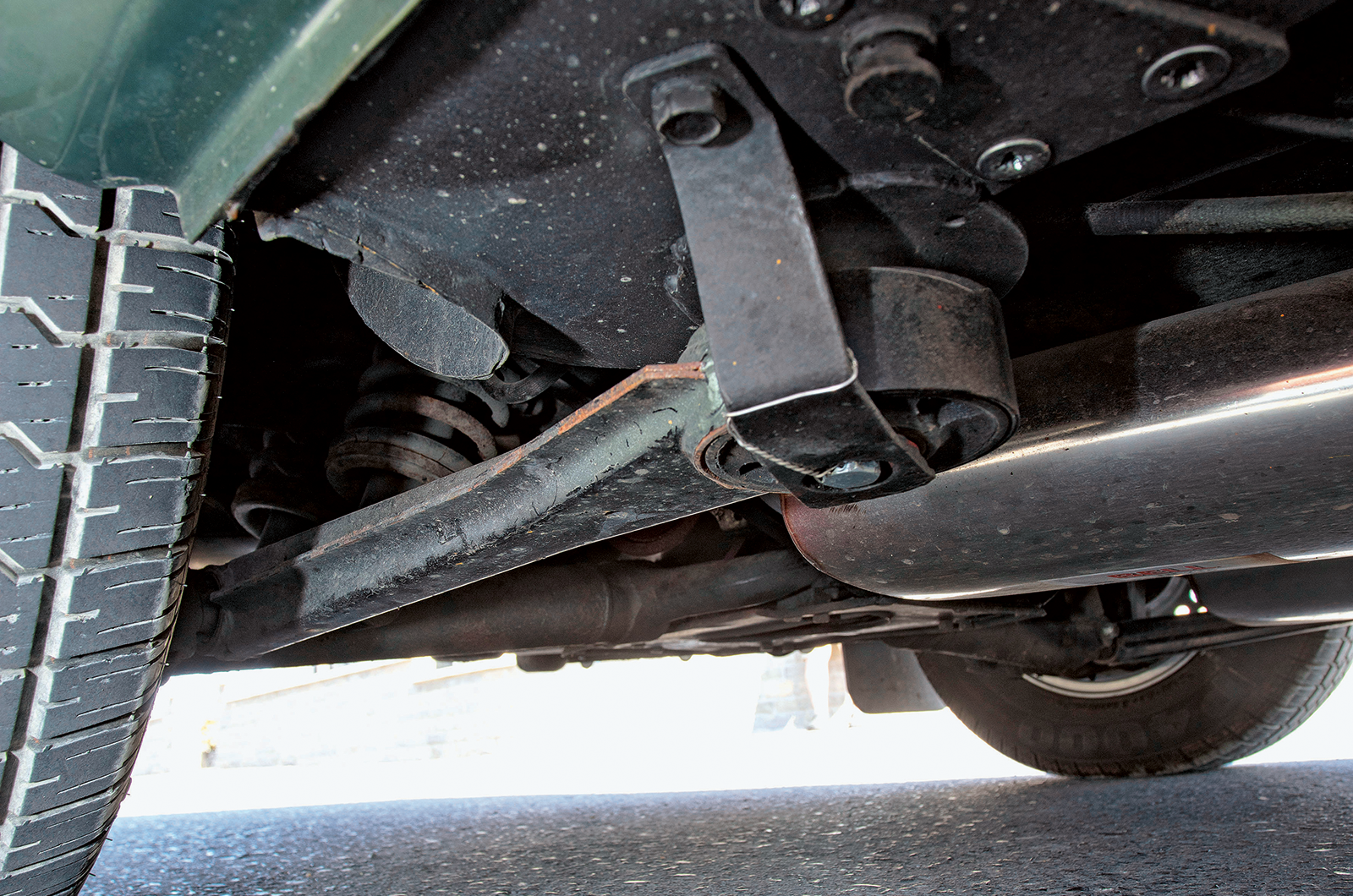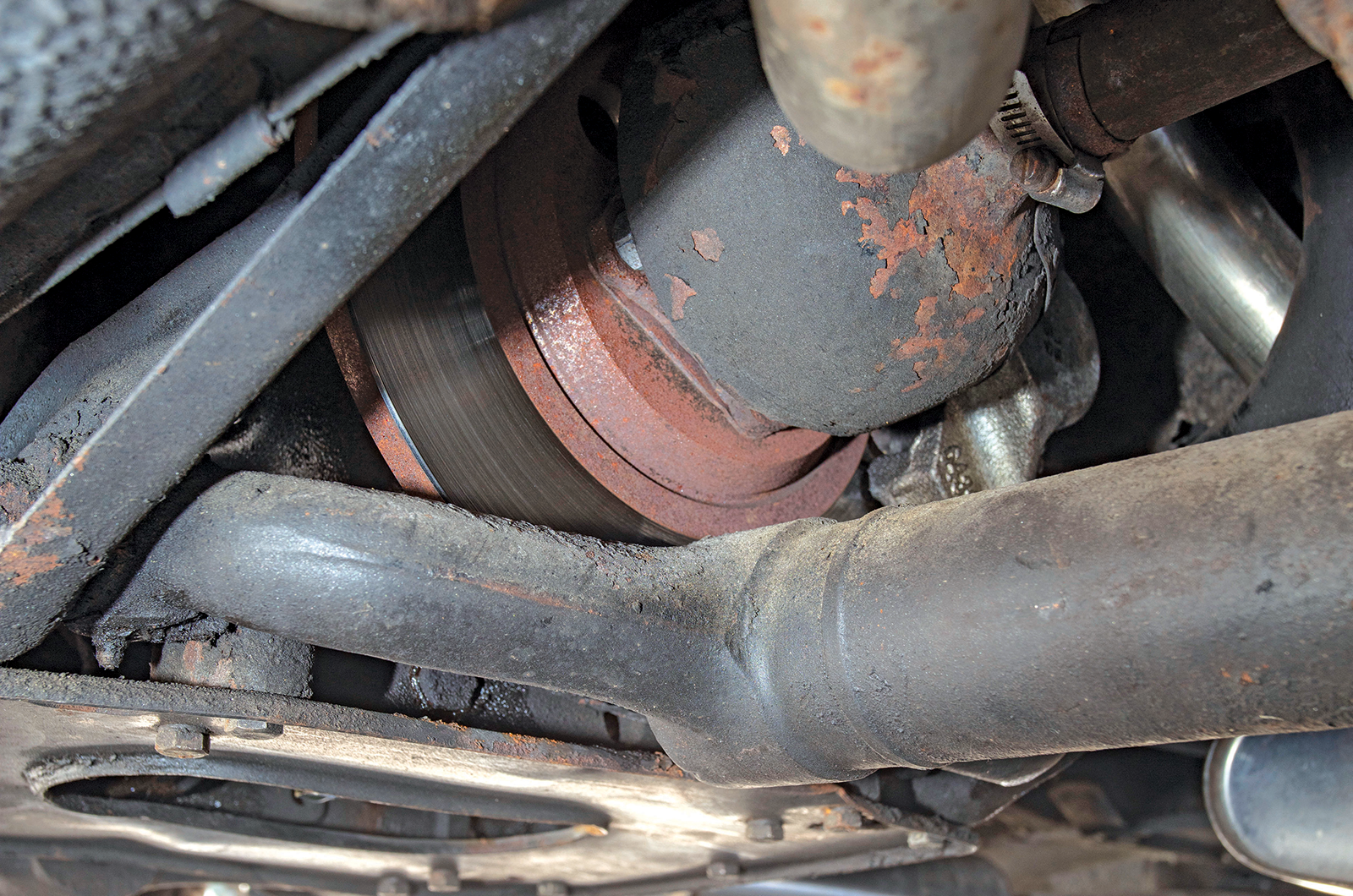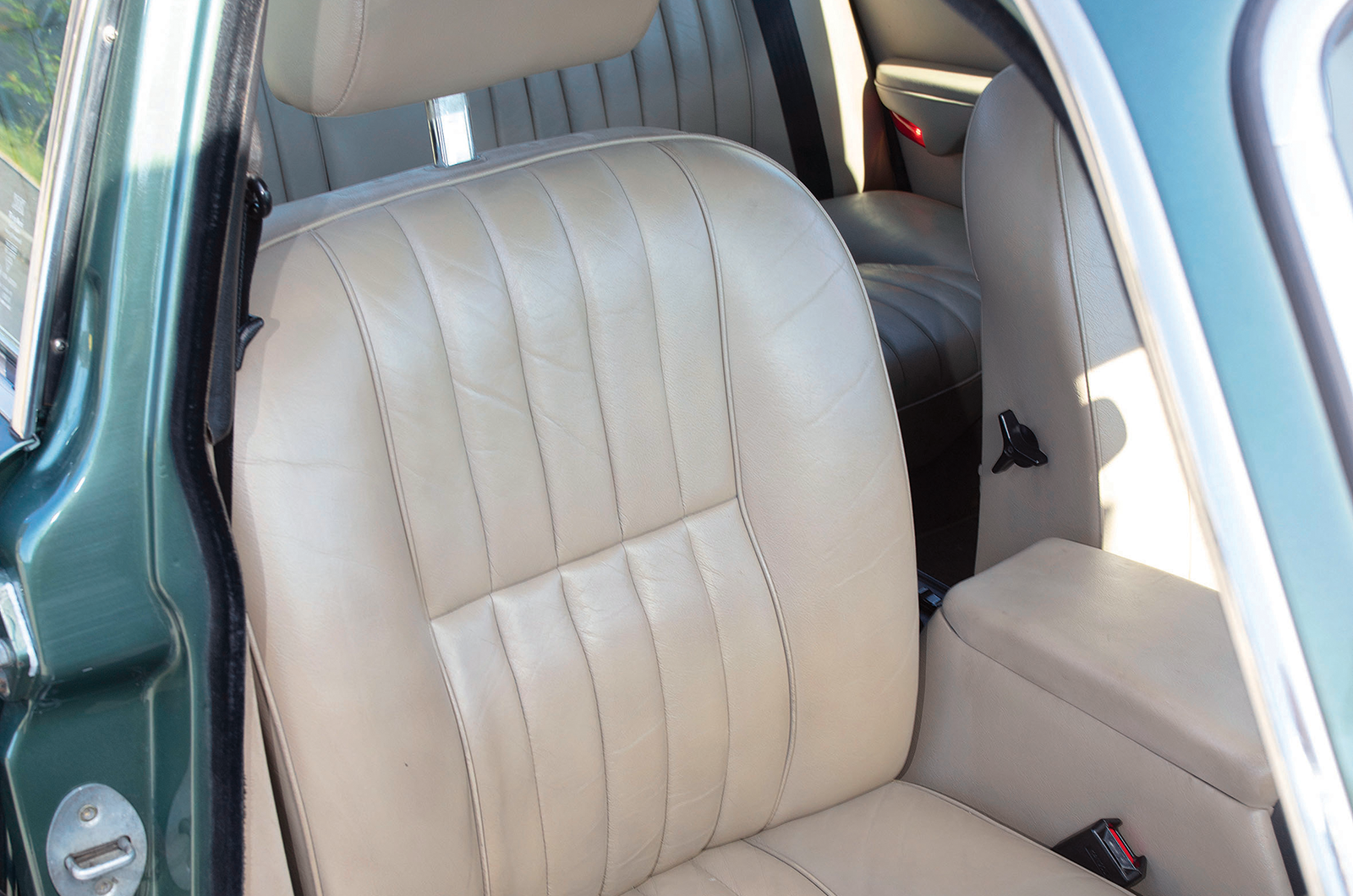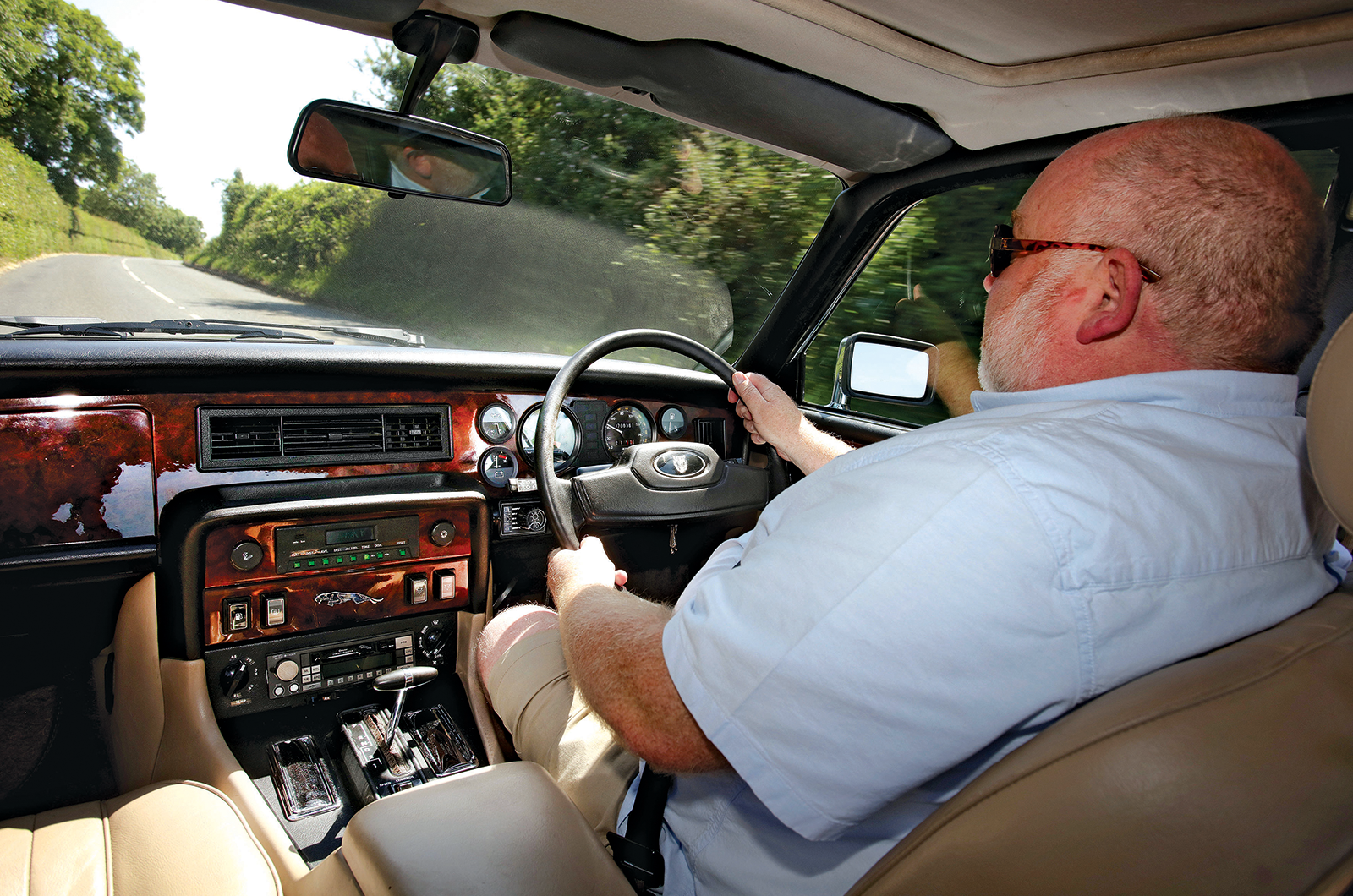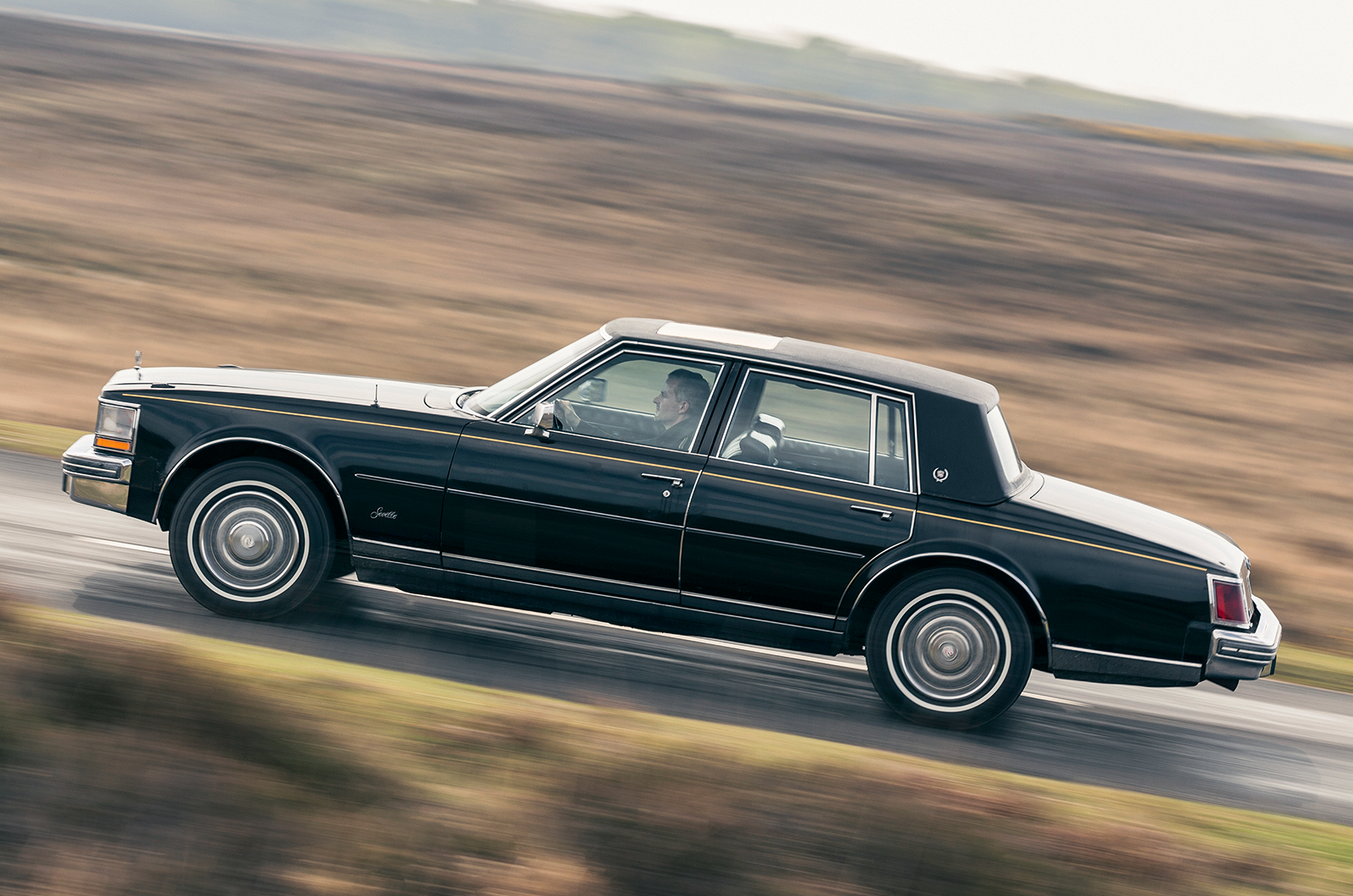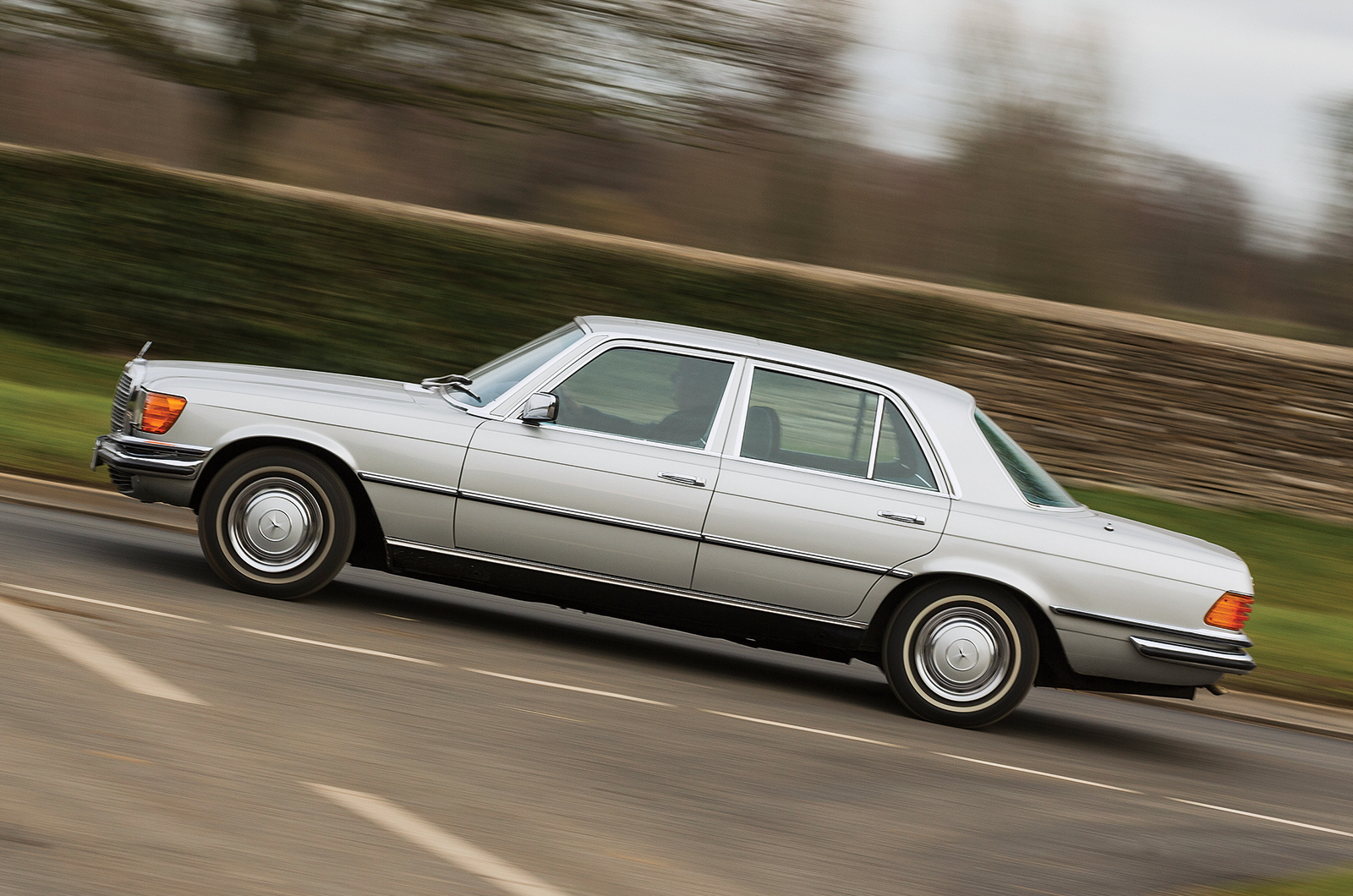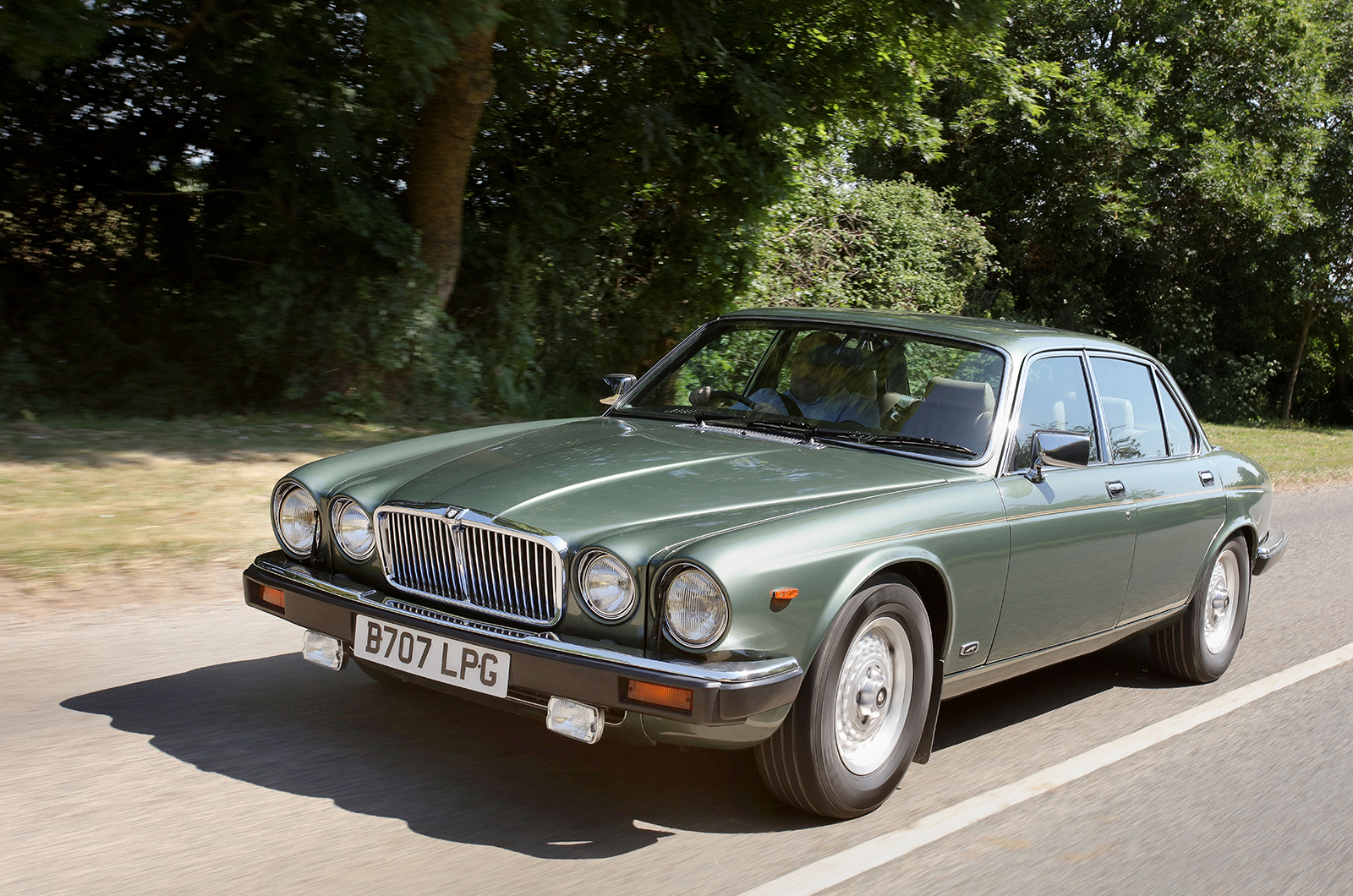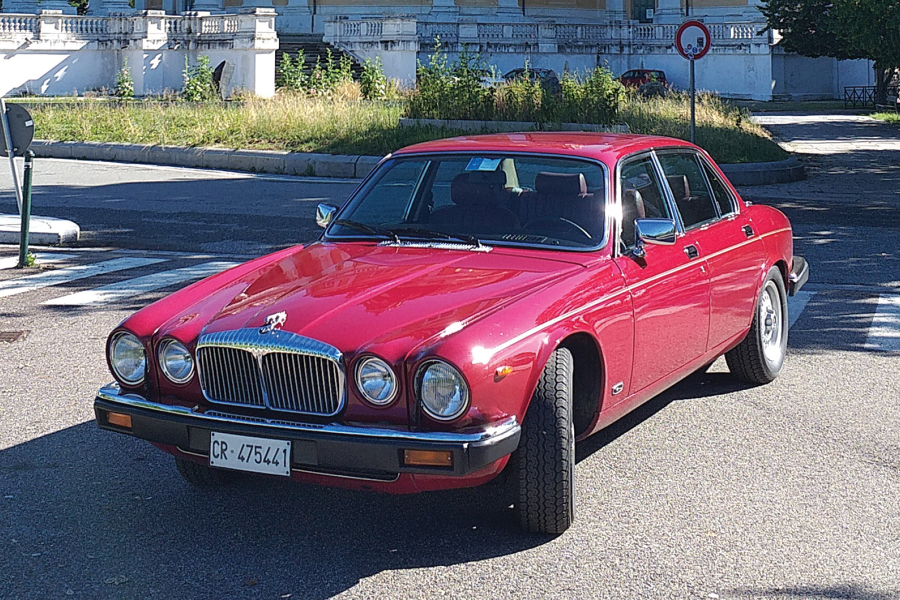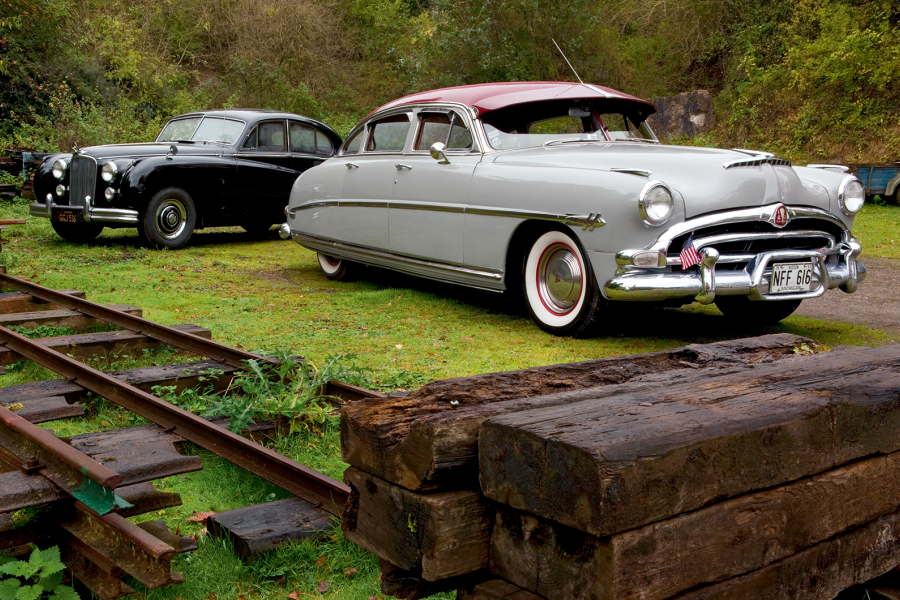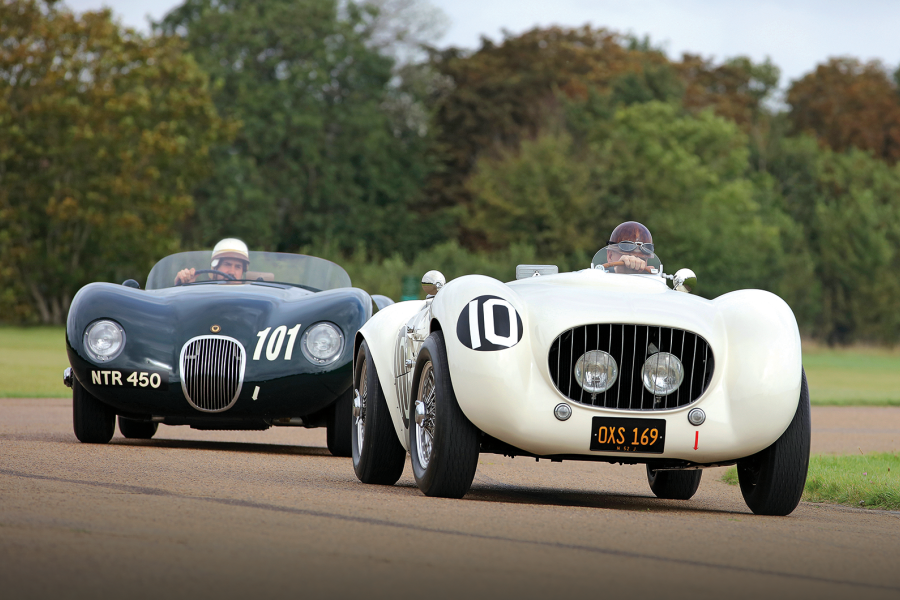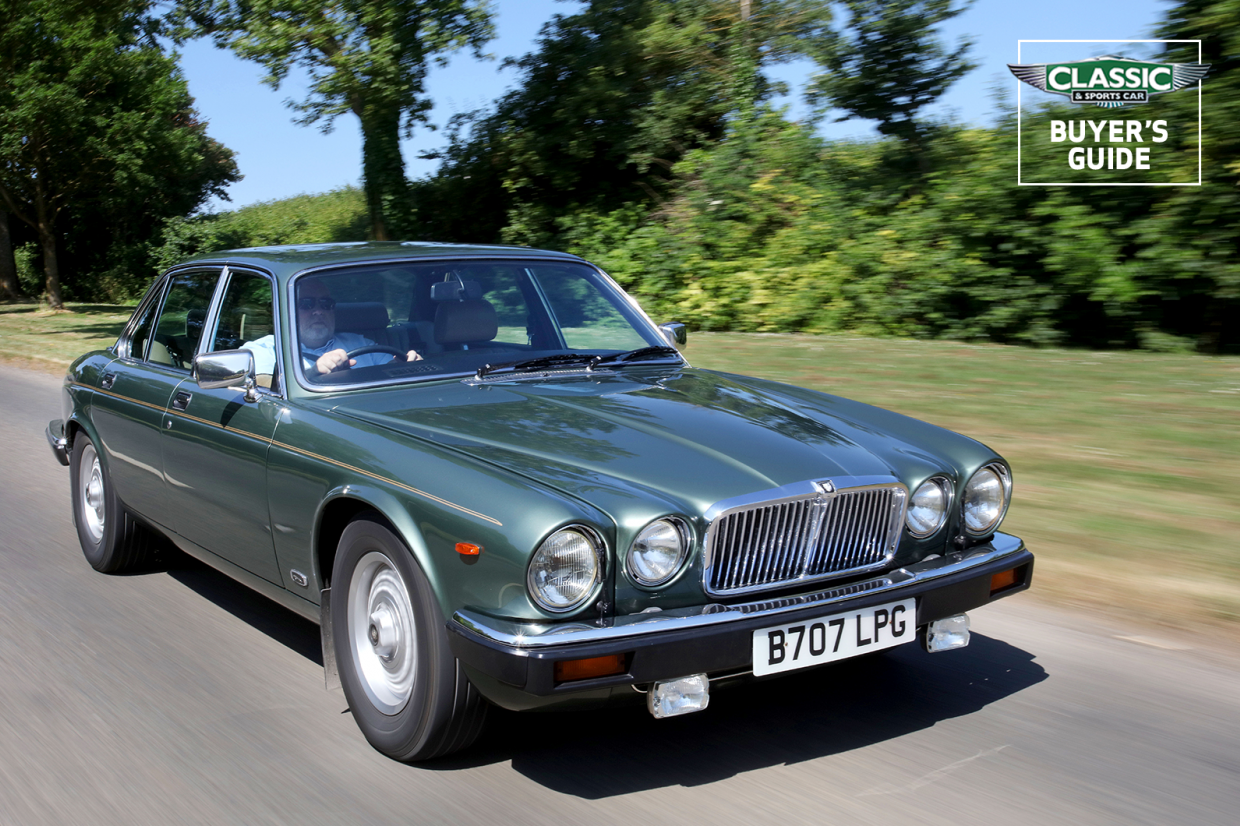
Why you’d want a Jaguar XJ6/XJ12
No other significant vehicle manufacturer was lucky enough to have what Jaguar had.
Boss Sir William Lyonsʼ skill as a stylist, combined with exceptional business acumen – he ran the whole company hands-on, while also styling its cars – was really incredible.
The XJ6 of 1968 was one of his greatest achievements, replacing the Mk2, S-type, 420 and MkX in one brave swoop.
It was so good that Autocar magazine opined Jaguar should double the price of the XJ6 and bill it as the best car in the world, because: ʻDynamically, it has no equal regardless of price .ʼ
Sharing components across the range was one of Lyonsʼ clever tricks; while developing a new dash and crash-safe switchgear for the XJ, he wasted no time in fitting them to E-types, too.
The E-type also came in handy for proving the V12 before it was released in the saloons.
The XJ used tried-and-tested major parts, but was new in many areas.
The body incorporated the latest thinking in vehicle structure, safety and NVH reduction.
The suspension featured anti-dive geometry, polyurethane top mounts, outboard dampers, heavily servoed power steering and all-new Dunlop low-profile tyres developed specifically for the car.
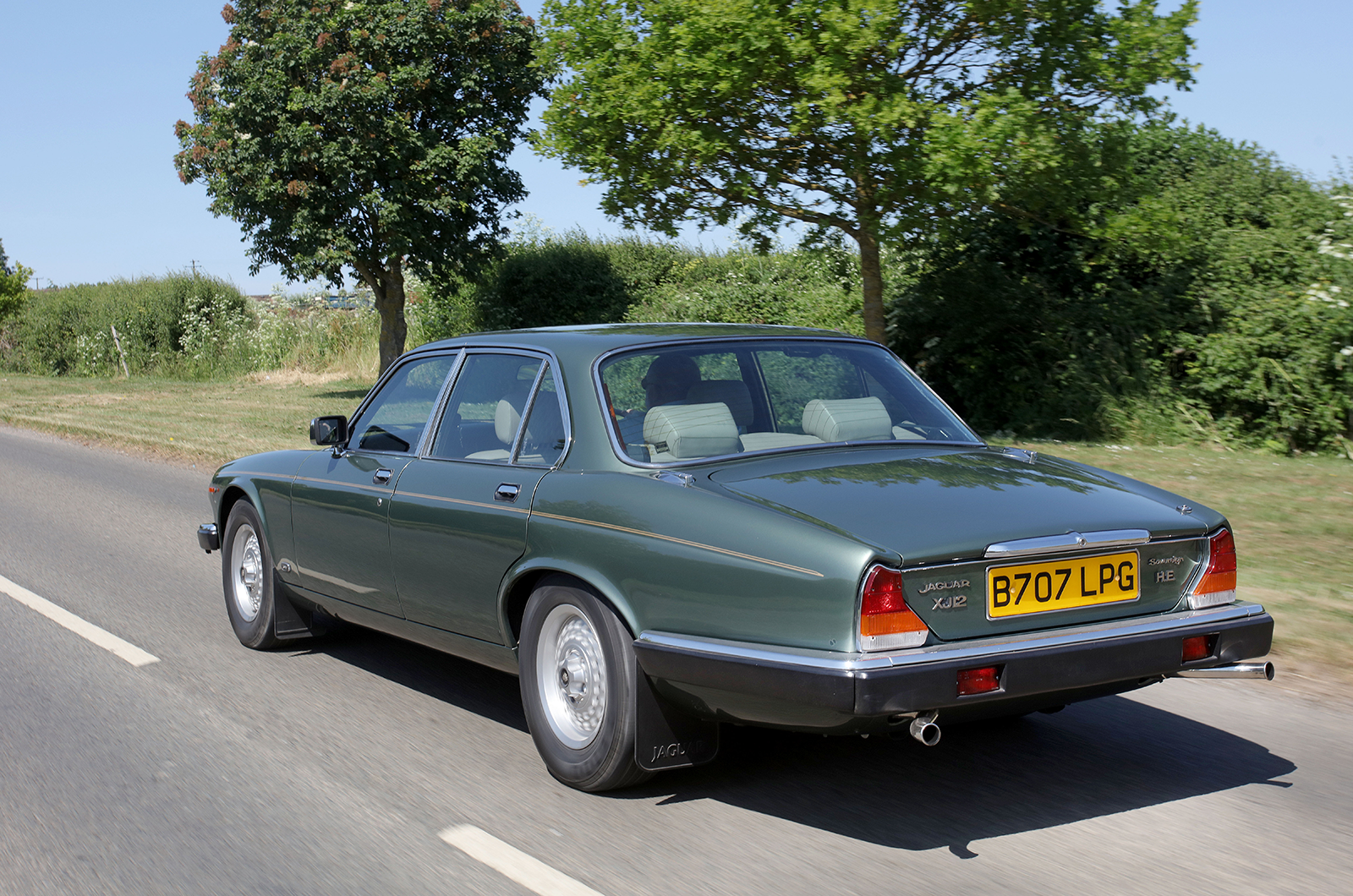
The engine and front suspension were on a subframe, rubber-mounted to the shell.

